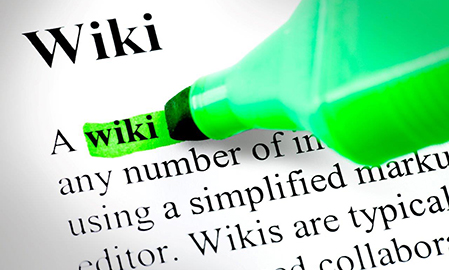Researchers from Boston Children’s Hospital, Harvard Medical School and Brigham and Women’s Hospital are offering a bit of internet advice for the Food and Drug Administration: do more.
The recommendations were published in a New England Journal of Medicine Perspective column, a chaser of sorts to the social media guidance the FDA published for the pharmaceutical industry earlier this month.
The short of it is that the researchers say the FDA can and should do more to disseminate drug safety information. In some instances it is just a matter of being smarter about the information it has on hand and making it easier for patients to find. As an example, the researchers note that the regulator pours safety information into its MedWatch site, and the site Drugs@ FDA is home base for electronic drug labels, which include dosing information and contraindications, but “there is no obvious link between these two resources.”
They also note that the regulator could do a better job with the social media outreach it has by integrating Twitter and Facebook access with its web presence. They note the regulator has a hefty following for its @FDA_Drug_Info handle and a relatively thin following for its @FDAMedWatch Twitter feed, but both could do more if they were part of the regulator’s sites.
Wikipedia is another realm researches say the FDA could work with to its advantage.The practical aspects of a relationship with the crowdsourced information site comes down to how important Wikipedia has become for health-related information, yet that information is not uniformly up-to-date: 23% of drug-related Wikipedia pages are updated within about two weeks of a new FDA warning, but 36% “remained unchanged more than a year later.”
This takes on a greater importance when considering just who is looking to Wiki for advice. A January social media assessment by the IMS Health Institute for Health Informatics noted that patients and doctors look to Wikipedia for information. They also found that rare disease patients make up the majority of patients who seek out health information on Wiki pages. Yet, the NEJM-published writers found that small-population disease pages were generally the ones that were not updated. An example: a Wiki page for the Hodgkin’s lymphoma and systemic anaplastic large-cell lymphoma medication Adcetris which failed to mention a black box warning about a risk for progressive multifocal leukenocephalopathy two years after it was announced.
This is despite a corresponding uptick in Google searchers for the drug the week after the black box warning announcement and a 114% surge in Wikipedia page views for this drug’s page, which indicates that traffic is not enough of a prompt for information to be updated.
One solution researchers proposed is for the FDA to replicate the relationship it established with WebMD in 2008 with Wikipedia now. The WebMD agreement consists of two parts: the FDA sends public health announcements to WebMD’s registered users and WebMD adds the new information to its web resources.
Researchers also play around with the idea of turning Wikipedia clean-up into coursework, as the University of California San Francisco Medical School did in 2013.
UCSF is not alone in its mission. IMS noted in its January report that the Medicine Translation task force has been working to improve the quality of Wikipedia’s websites and help them get top billing in search results. The translation task force’s Wiki page says the collaborative effort’s goal is to “improve health care’s most important topics in English followed by translation into as many other languages as possible.” The page was updated June 25.







